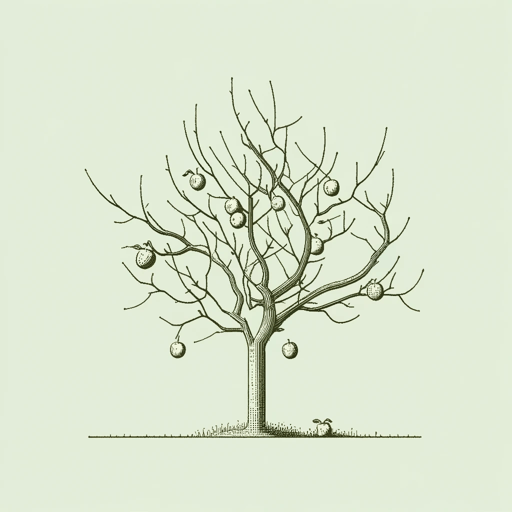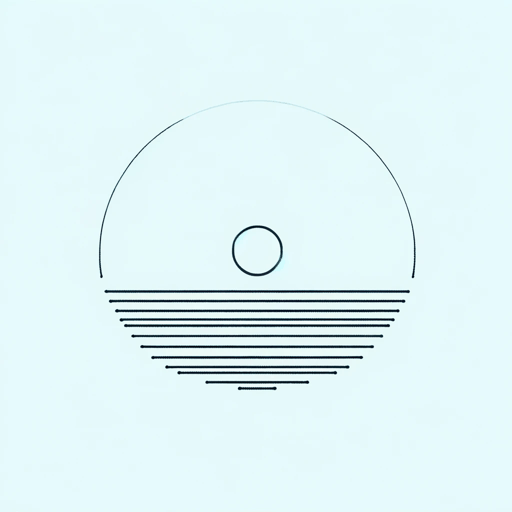16 pages • 32 minutes read
Robert FrostNothing Gold Can Stay
Fiction | Poem | Adult | Published in 1923A modern alternative to SparkNotes and CliffsNotes, SuperSummary offers high-quality Study Guides with detailed chapter summaries and analysis of major themes, characters, and more.
Literary Devices
Form and Meter
“Nothing Gold Can Stay” is, sans the last line, written in iambic trimeter. Each line contains three iambs (an unstressed syllable, followed by a stressed syllable), creating six beats per line. In the New England dialect “flower” (Line 3) is pronounced as a single syllable, more like “flour” than “flow-er.” Thus, all the lines conform to the pattern except the last. The evenness of the meter creates part of the sense of sound, or tone, which Frost found essential to the success of his poetry. At first, the even rhythm is pleasing to the ear, which explains in part why the poem is easy to memorize. As the poem progresses, this evenness begins to create an underlying plodding tone much like a dirge—something sad and unstoppable. This is echoed in the imagery and enhanced by the last line which stops one syllable short of six, creating a cut off feeling that resounds the despair of the latter four lines. Changing the meter of the last line also shows that whatever progress has been made is truncated.
The rhyme scheme of “Nothing Gold Can Stay” is simple: aabbccdd.
Related Titles
By Robert Frost

Acquainted with the Night
Robert Frost

After Apple-Picking
Robert Frost

A Time To Talk
Robert Frost

Birches
Robert Frost

Fire and Ice
Robert Frost

Mending Wall
Robert Frost

October
Robert Frost

Once by the Pacific
Robert Frost

Out, Out—
Robert Frost

Putting in the Seed
Robert Frost

Stopping By Woods On A Snowy Evening
Robert Frost

The Death of the Hired Man
Robert Frost

The Gift Outright
Robert Frost

The Road Not Taken
Robert Frost

West-Running Brook
Robert Frost

